In the modern age of international tourism to Japan, Tokyo, Kyoto, and Osaka capture the vast majority of foreign visitors, who often travel between these cities using the Tokaido Shinkansen bullet train line. But suppose there was another way to enjoy these three mainstays of a visit to Japan while getting off the beaten path to discover new and amazing destinations in between? The Hokuriku Arch Pass offers such an option to you, opening up the route known as the New Golden Route of Japan. This is literally a different side of Japan than most people experience, a less traveled region with its own unique set of traditions, culture, and natural beauty.
What is the Hokuriku Arch Pass?
Hokuriku Arch Pass is a train pass that allows unlimited week-long travel on Hokuriku Shinkansen trains operated by JR East and JR West. The prefectures covered along the route include Tokyo, Saitama, Gunma, Nagano, Niigata, Toyama, Ishikawa, Fukui, Shiga, Kyoto, and Osaka. An online map on the JR West website details the stations covered by the Hokuriku Arch Pass. There is also a JNTO catalog of the highlights of the New Golden Route.
The pass is available to visitors to Japan with a temporary visitor entry status and can be used for seven consecutive days. The cost is 24,500 yen for passengers over 12 years old and 12,250 yen for children aged 6-11 (when purchased outside of Japan). The pass can be purchased at ticket offices in Japan or bought online (JR East website or JR West website).
This is part 3 of a series of 4 articles about Japan’s New Golden Route, serviced by the Hokuriku Arch Pass offered by JR West and JR East railways. This article will explore three prefectures: Gifu, Fukui, and Shiga.
Discover the Traditional Crafts of Gifu Prefecture
Gifu is a landlocked prefecture located in the heart of Honshu, Japan’s main island. Best known by most overseas visitors for its UNESCO World Heritage Site, Shirakawa-go, with its picturesque thatched-roof buildings, Gifu also has a rich samurai history preserved in traditional crafts still practiced to this very day.
We start our exploration of Gifu’s traditional crafts in Gujo (郡上市), a town established around a strategic castle deep in the Gifu mountains. Gujo Hachiman Castle still perches on a hill between two swift rivers that created a natural moat around the area. Over time, the protection of the castle encouraged people to settle nearby and the town grew, drawing in merchants and artisans.
Besides the two main rivers, many tributaries of the rivers and manmade canals flow through the town, earning it the nickname “The Water City.” The abundance of pure, cold running water sources made Gujo an optimal place for indigo dyeing, which requires water with high levels of oxygenation to achieve the deepest, clearest of blue hues. Indigo in Japan is often known as Samurai Blue, as samurai often wore indigo attire for its durability, fire resistance, as well as insect and snake-repelling qualities.
Samurai Blue: The Tradition of Indigo Dyeing at Watanabe Dyehouse
The Watanabe Dyehouse has operated in Gujo for over four centuries since 1580, predating even the Edo period when Japan was united under the Shogunate in relative peace. In its prime, Gujo boasted 17 indigo dyeing workshops; now Watanabe is the only one remaining. They are committed to using only natural indigo from Tokushima prefecture, the only place natural indigo is still produced in Japan. Watanabe-san still uses the natural water that flows in front of his shop to rinse the indigo dye from his creations. The shop’s most sought-after creations are the koinobori carp banners that are decorations used to celebrate Children’s Day, but he also makes smaller everyday items like bags, coasters, and scarves.
The City of Swordsmiths and Blade Forging in Seki City
Meanwhile, in the mountain foothills lies the city of Seki (関市), where a different type of shop maintains another tradition of great importance to the samurai: the art of blade forging. Seki was a city of swordsmiths for over eight centuries, evolving into a production center for bladed tools when the need for swords waned. Today, it is known as one of the three most important cities for knife production in the entire world. Although kitchen knives are the most popular item produced here currently, they are still forged using the same techniques that produced some of the finest swords in Japan during the Samurai era.
Yoshida Kazuhiro established the Seki Hamono Museum adjacent to his family’s shop, Cutlery Sanshu. Having trained in Iaido, the art of drawing, slashing, and resheathing a sword, Yoshida-san is happy to give a demonstration of his skill in the parking lot of his establishment. The demonstration is the best evidence of the quality and sharpness of the blades on sale at Cutlery Sanshu and the museum.
The museum exhibits the different processes involved in producing a Japanese katana sword as well as beautifully finished works, some of which are on sale. Although small, the museum has a surprising number of rare and unique items including a knife forged from the metal of a meteorite.
For those wishing for a more hands-on experience with the art of blade forging, the museum offers several activities, from making a simple paper knife to a full-fledged sword forging experience taught by Yoshida-san’s teacher, renowned swordsmith Fujiwara Kanefusa (reservations required for activities).
After enjoying the museum, the Sanshu Cutlery shop offers gifts and souvenirs to take home from various products manufactured in Seki City. A wide variety of kitchen knives, including those produced under the shop’s exclusive brand, Seki Yoshihide, are on sale here along with gardening tools as well as health and beauty accessories.
Read more: Gifu Prefecture, the Best Old Japan Experiences to See in Two Days
A Focus on the Environment in Fukui Prefecture
Fukui Prefecture curves along the coastline of the Sea of Japan. The cold winter air and precipitation from mainland Asia make for heavy snowfall in the cold months, which shaped Fukui’s culture of producing some of Japan’s finest craftspeople. When the weather was too cold to cultivate any agriculture, farmers turned to craft-making to supplement their living. Many became masters of their crafts, focusing on producing components that could be assembled into a perfect fit.
The Craft of Eyeglasses at Sabae Megane Museum
This high degree of precision and quality present in Fukui crafts can be seen at the Sabae Megane Museum in Sabae City. Visitors will be surprised to learn that 95% of the domestic production of eyeglass frames comes from Sabae, which has been the center of the industry for over 100 years. Gradually, Sabae evolved from simply producing components for eyeglass frames to full-fledged frame production and now leads the country in the innovation of eyeglass frames, both in style and production techniques. Today, some Sabae-based companies are focusing on sustainable design for frames, using biodegradable or plant-derived plastics as production materials.
The Sabae Megane Museum is a fusion of museum, workshop, and store. The small museum hosted here gives a detailed timeline of eyeglass production in Japan, including the evolution of production techniques and the changing styles over the decades. Workshops can be booked by reservation, from a simple workshop making an eyeglass-themed keychain from recycled materials to more complete workshops where you can learn to hand-assemble your own frames. Finally, the store has the most complete collection of Sabae-produced eyeglass frames on sale, with over 3,000 styles to choose from.
The Dramatic Views of Mikatagoko Five Lakes
While eyeglass frame companies in Sabae are finding new ways to sustain our environment, Fukui’s Mikatagoko Five Lakes are providing a way to research our environmental history. Varve research is a method of studying the impact of changes on the environment by examining layers of soil. In certain areas, varves can be read much like reading the rings of a tree that has been chopped down, with each layer giving some clues about the environmental conditions of a specific timeframe. The unique geology of the Mikata Five Lakes gives researchers a nearly perfect environment to study varves and learn how the environment has changed over hundreds of thousands of years.
While visitors to Mikatagoko might not be able to participate in the research, many come to enjoy the stunning views of these pristine lakes, some of which are also connected to the Sea of Japan. The Mikatagoko Rainbow Line is an 11-kilometer long road through the mountains around the lakes, and Rainbow Line Summit Park is the best location to appreciate the view.
From the parking lot, visitors can take a chair lift or a cable car to the summit, where they can view the lakes and the coastline of the Sea of Japan from the perspective of the five terraces. Each terrace has its own unique features to enjoy along with the view; cafes serving coffee, soft drinks, and Japanese tea, outdoor sofas to lounge on, and even one with a footbath. The scenery is different in each of the four seasons, but even during a single visit, there can be dramatic changes brought on by inclement weather.
Enjoy the Outdoors and Traditional Crafts in Shiga Prefecture
Shiga prefecture is Kyoto’s neighbor to the east, a prefecture whose main geological feature is Lake Biwako, the largest lake in Japan. The lake has informed the history and culture of Shiga, as well as being the icon of its natural beauty.
A Cycling Tour, Museums, and Botanical Gardens Around Japan’s Largest Lake
Although the lake’s circumference is about 200 kilometers, the relatively flat terrain of the shoreline makes it possible for expert cyclists to complete a circuit in a single day. The average visitor, however, would probably enjoy a more leisurely tour of Lake Biwako, so there are many options for cycling tours that can take from a few hours to a few days.
One option is a half-day cycling tour around the Biwako Bridge area, including stops to enjoy two museums and a botanical garden. This trip is less than 30 kilometers round trip and is perfect for families with children as it includes a visit to the Lake Biwa Museum, which has many interactive exhibits and an aquarium that kids will certainly enjoy.
The route begins at Misaki Nature Park and travels along flat lakeside terrain south of Biwako Bridge, past several picturesque parks, until reaching the Mizunomori Water Botanical Garden, which displays a beautiful selection of seasonal plants and an atrium full of water lilies. Just a few hundred meters away is the aforementioned Lake Biwa Museum, with exhibits related to the geology, history, and culture of the Lake Biwa area. Finally, on the return to Misaki Nature Park, you can stop at Sagawa Art Museum, a stunning museum that appears to float on a pool of water. The museum features two permanent exhibitions by prominent Japanese artists and ample space for visiting exhibitions, as well as a modern take on a Japanese tea house that displays ceramic works of art related to the Japanese tea ceremony.
Traditional Woodcarvers in Kaminyu Village
Although much of Shiga’s culture revolves around the lake, some of the prefecture’s unique culture is also sustained in the mountainous areas. The village of Kaminyu has been the home of traditional woodcarvers for two centuries, many of whom have been responsible for the wooden artwork used in shrines, temples, and religious items of the area. Although the number of woodcarvers has declined in recent years, the craft remains an important part of Kaminyu’s identity and economic livelihood.
Kaminyu Woodpeckers is an organization formed by local artisans dedicated to sustaining the woodcarving tradition in the area. Their idea is to build a connection between the handicraft and people outside the village by creating hands-on experiences in making items from wood using traditional tools and techniques. Visitors may not have the time or skill required to make decorative items for a temple, but they certainly can learn how to make small practical items such as coasters, wooden spoons, and coat hangers. Participants work right alongside skilled artisans allowing them to observe their skills and techniques close up and ask questions about the art of woodcarving.
How to Get Around
All sites listed in this article can mostly be reached by JR trains covered by Hokuriku Arch Pass with occasional transfer to other train/bus lines. The Hokuriku Arch Pass covers travel from Narita Airport and Kansai International Airport to all of the areas listed above and more for a period of seven consecutive days.
These spots are just a glimpse of the lesser-known interesting spots you can visit on Japan’s New Golden Route, so get exploring and find out what other adventures await!
Sponsored by Tokyo, Saitama Prefecture, Gunma Prefecture, Nigata Prefecture, Nagano Prefecture, Toyama Prefecture, Gifu Prefecture, Ishikawa Prefecture, Fukui Prefecture,Shiga Prefecture, Kyoto, Osaka, JR EAST, JR WEST

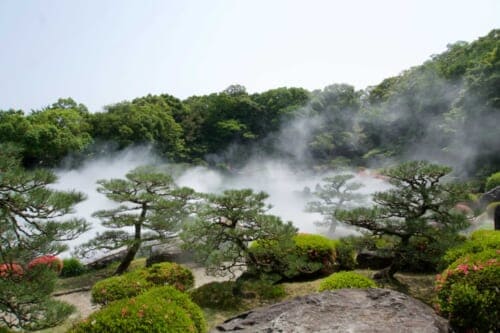
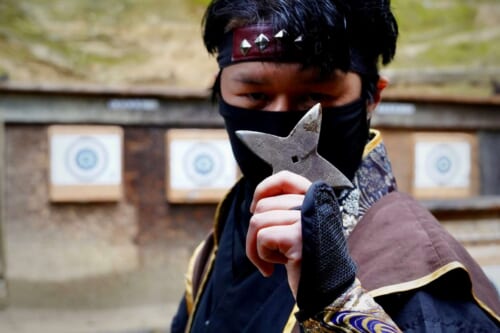

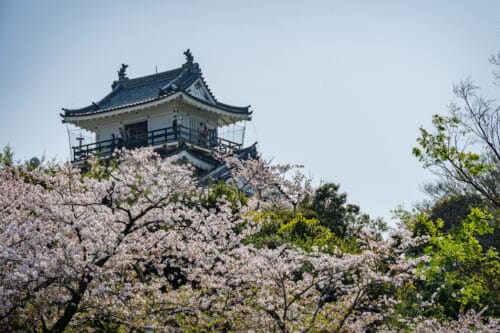
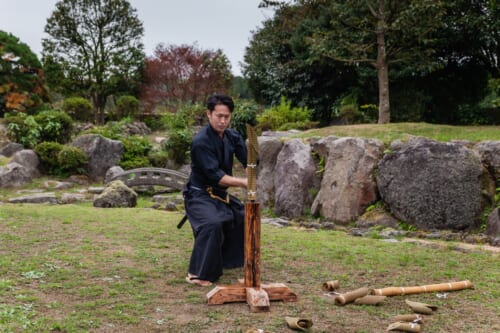
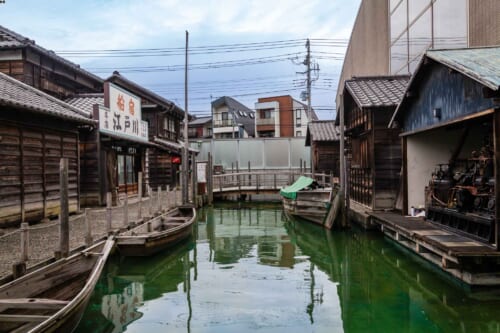
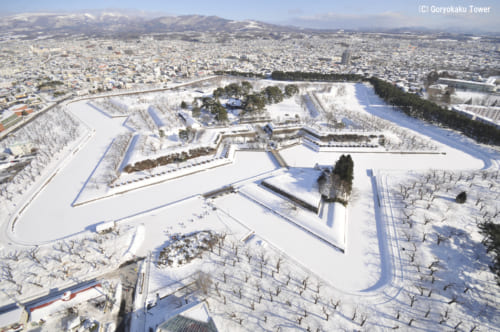
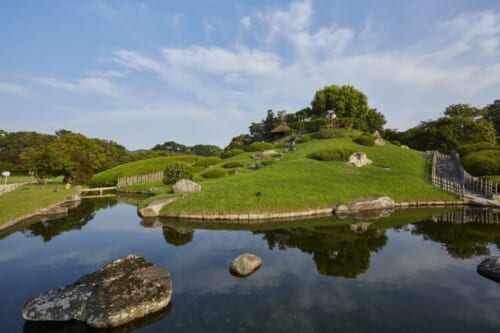
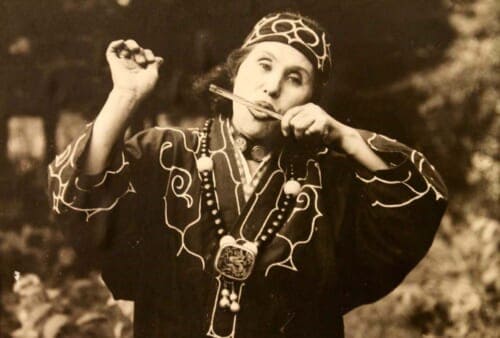
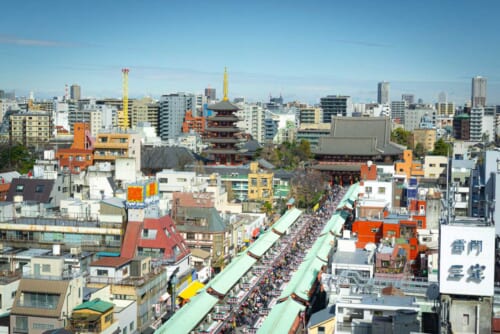


No Comments yet!